It has been over a month now that most of us have been under a “stay-at-home” order. Has all the extra time sitting at the computer given you knots in your neck?
The social distancing is starting to show its effect on slowing the spread of COVID-19. We are seeing the number of new infections slowing in places like New York City and Los Angeles. The slowing of new infections has prompted a lot of discussion about how to reverse the social distancing edicts. Do we open up all businesses at once, or do we do this in stages? What about the possibility of a resurgence of viral infections?
I’m not even going to try to address any of those topics, but in having conversations with patients, I have learned a lot. Even if everything opened up this week, most people would not change what they are doing. There is just too much that is unknown about how the COVID-19 virus will affect us if we all stopped being as careful as we have been in the past month.
One of my patients last week said, “Even if everything opened up tomorrow, I’m not going back to a theater or restaurant for a long time. I’m not even sure I will return to the office, since I can keep working from home.”
So what does this mean for you and how you will behave?
Those of you who have the ability to work from home will likely continue to do that in some way or another.
Last week, I wrote about how COVID could be hurting your back because of the long days and increased time at computers while at home. There are some suggestions in that blog about how to change the environment around you, making your back less likely to get irritated as you continue to work from home.
I alluded to the stresses your neck is also taking when dealing with these new work-spaces (i.e.: dining room table, couch, or La-Z-Boy™).
Posture and Your Head Weight
Kenneth Hansraj, MD, from New York wrote an article that got picked up by just about every news media outlet in November 2014. In the article, Dr. Hansraj had a compelling graphic showing how much your head weight changes based on your posture.
It basically shows that the head weighs between 10 and 12 pounds when stacked directly over your shoulders.
But as the head moves forward, like when we are sitting at a computer or using cell phone for text messaging or e-mail, it gets harder for your neck muscles to hold it up. Significantly harder!
Your 10-pound head feels as if it weighs 20-pounds if your head is just one-inch forward of your shoulders. It takes over 30-pounds of constant muscle force to hold your head up if it is 2-inches forward of the shoulders!
Can you imagine holding a 30-pound dumbbell just 2-inches in front of your shoulder for as long as you sit at your computer? That would be impossible! But our neck just keeps plugging along…until it finally waves the white flag and surrenders to the pain.
Got Knots in Your Neck?
So do you find yourself rubbing the tops of your shoulders halfway through the day?
Do you feel those “knots” on the tops of your shoulder blades?
Those are the insertion points of muscles onto the shoulder blades. Most people think they have knots in the upper trapezius, but those knots are more commonly the levator scapulae at the superior angle of the shoulder blade.
You can heat or ice those knots until you’re blue in the face. You can stretch them out all day. You can have a friend or a significant other dig an elbow into them. They just keep coming back.
So what can be done about those pesky knots that don’t want to go away?
Well, let’s start with what not to do…and that’s use heat/ice, stretch, or digging into it. Since we already know that those knots simply return.
So let’s try some different ideas. Let’s use different muscles, different postures, and different techniques to change how those muscles respond.
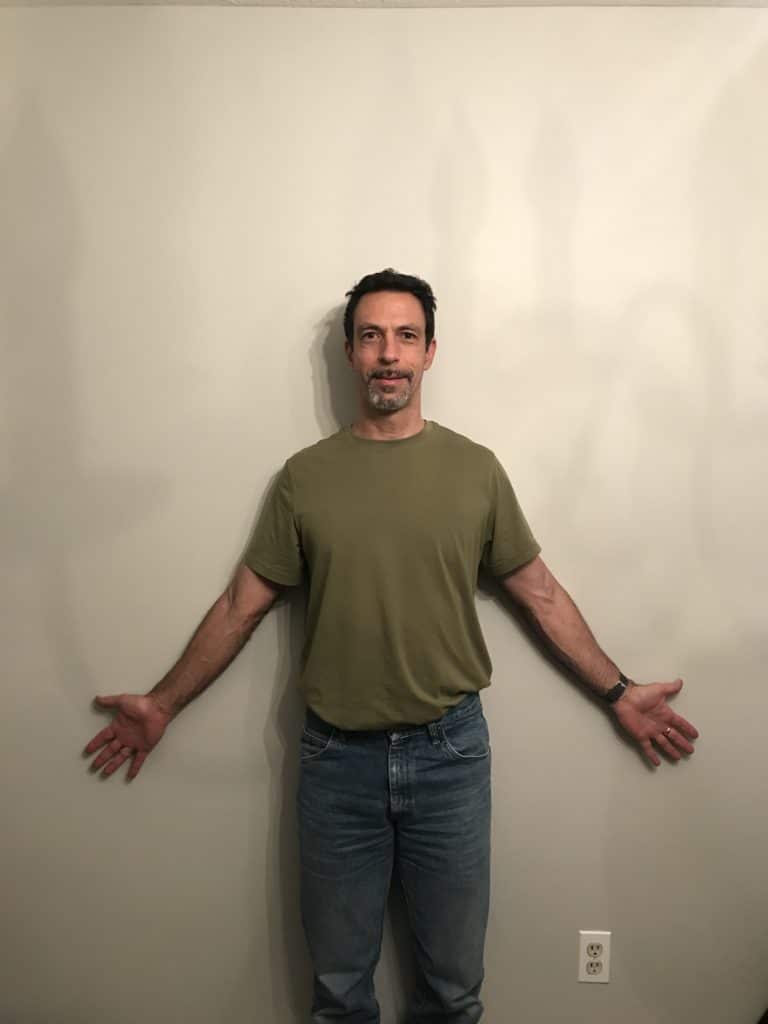
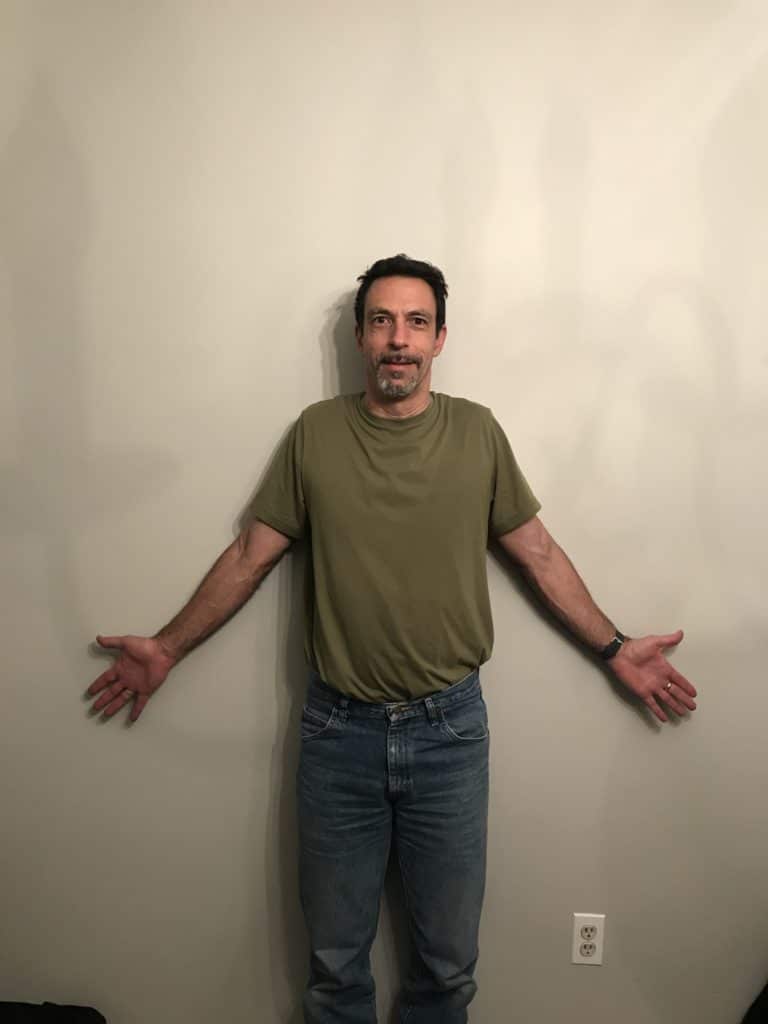
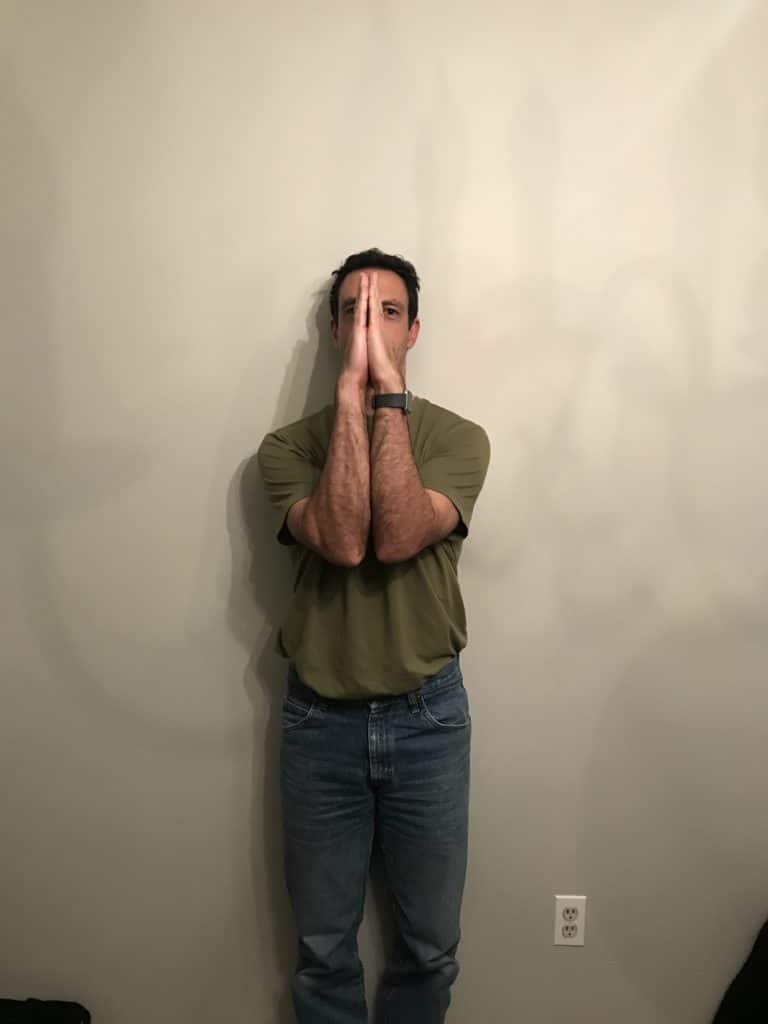
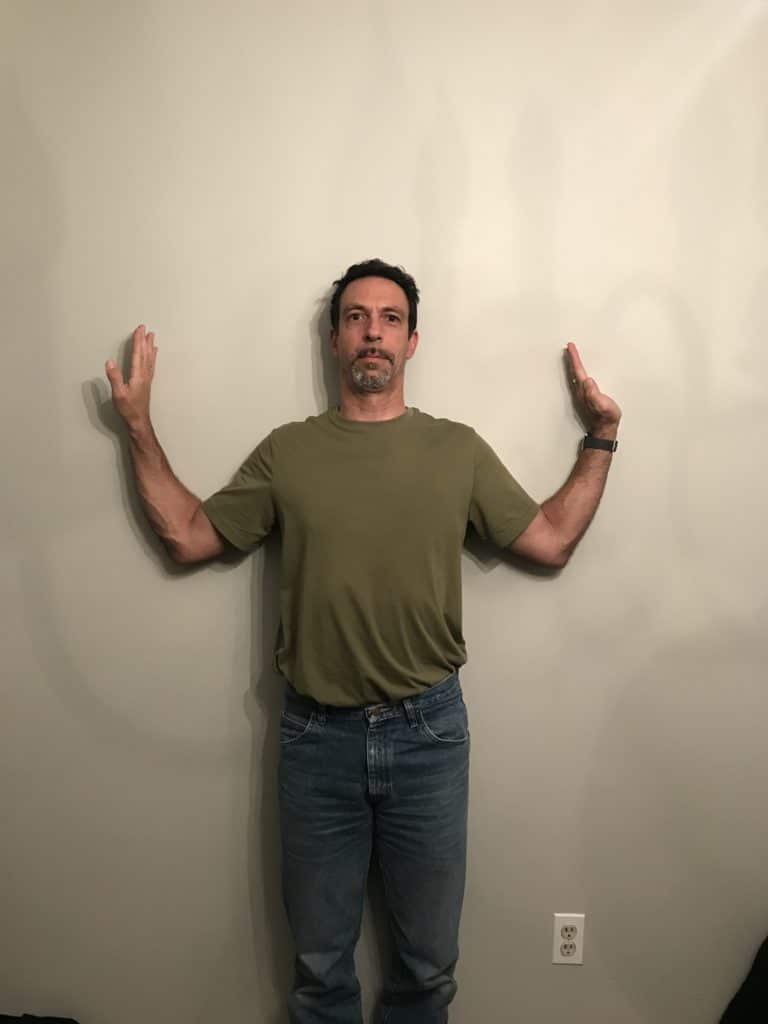
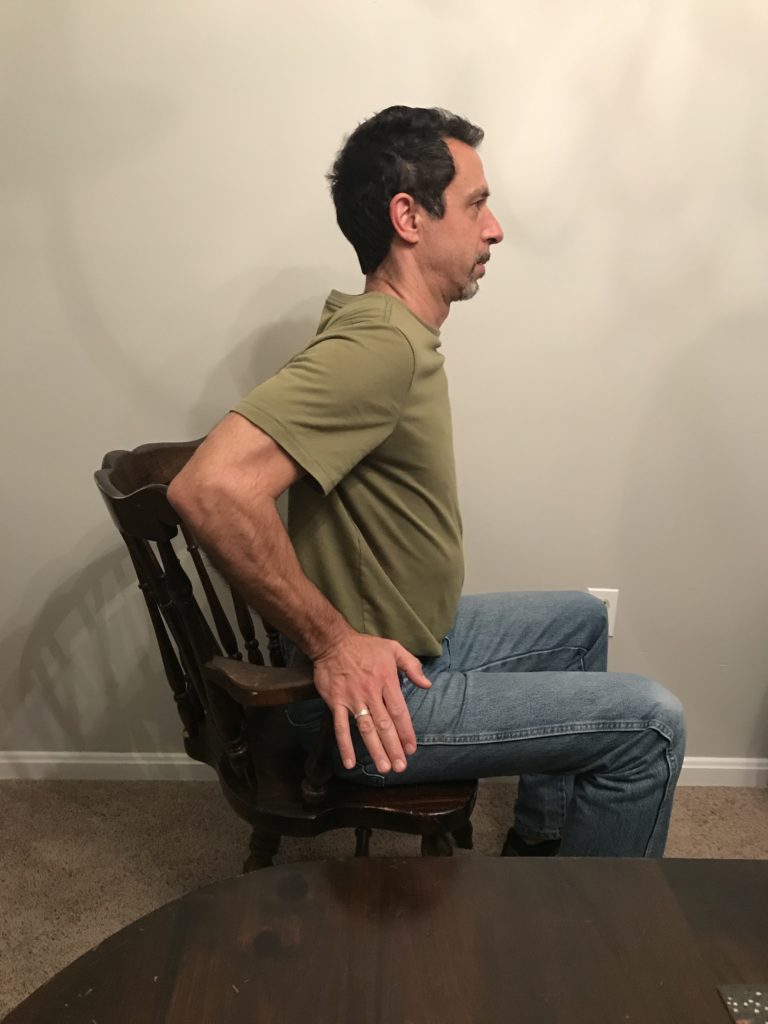
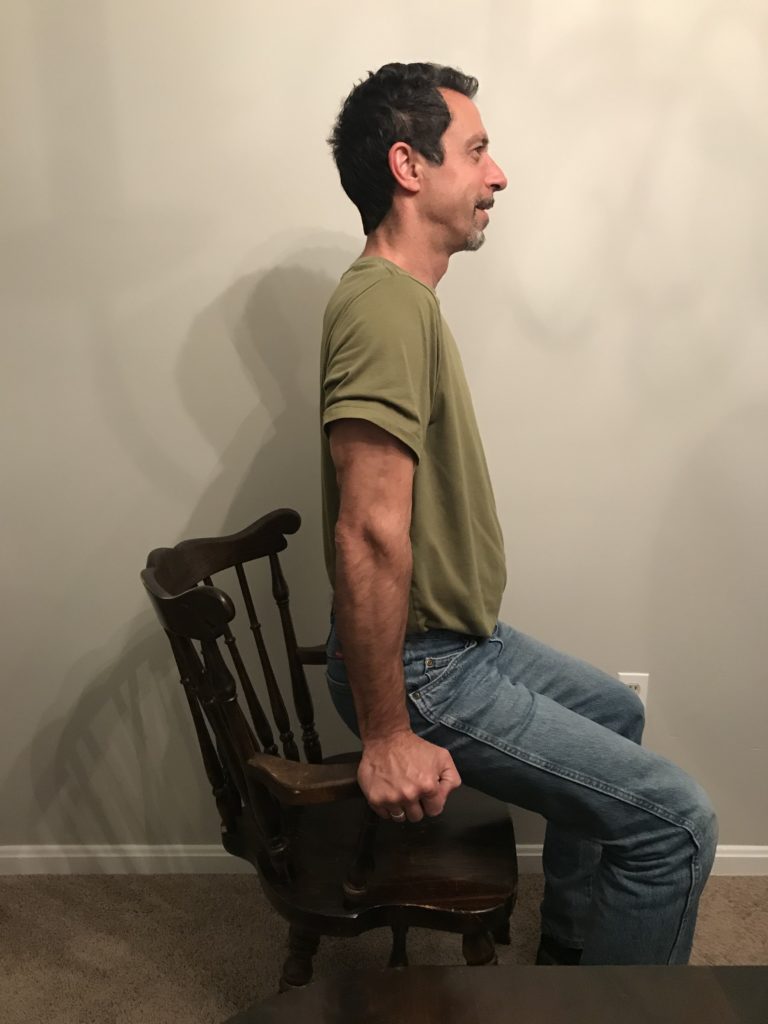
Archives
- October 2024
- March 2024
- February 2024
- January 2024
- October 2023
- September 2023
- April 2023
- December 2022
- November 2022
- October 2022
- August 2022
- July 2022
- June 2022
- May 2022
- March 2022
- January 2022
- April 2021
- February 2021
- January 2021
- September 2020
- August 2020
- July 2020
- June 2020
- April 2020
- January 2020
- September 2019
- June 2019
- May 2019

2 Responses
Hi, Scott ! I do hope you and your family are doing well during these most unique times.
I have begun to catch up on your articles. They always have something new to me.
Posture and head weight was a great one and was impressive ! It’s a must-share with our daughters whose lives revolve around technology.
Concentrating on the levator scapulae with the exercises you presented was new to me. Sure, I rotate my shoulders when they get achy, but working them with deliberate exercise may prevent the aches in the first place ! The press-ups in the arm chair as an exercise was also new, and when I tried a few, I learned I need to work on that today !
Jay and I go on nearly daily neighborhood walks of about a half hour. Nice to see people ! We’ve noticed everyone we pass along the way engages in conversation, they no longer just say Hi and Fine. I try to get to 5500-6000 steps on my Apple Watch daily, and since our daughters’ numbers show up on my watch, too, it keeps me a little competitive.
The calculated risks article was a great read and pointed out to me to keep “things” in perspective and be objective in decision making. Emotions can certainly skew actions.
Do stay well. Thanks for your articles…..fondly, Carol Simpson
Carol-
Thanks so much for reading! It means the world to me. Glad to hear that You and Jay are staying active during this time. Thanks for keeping in touch!